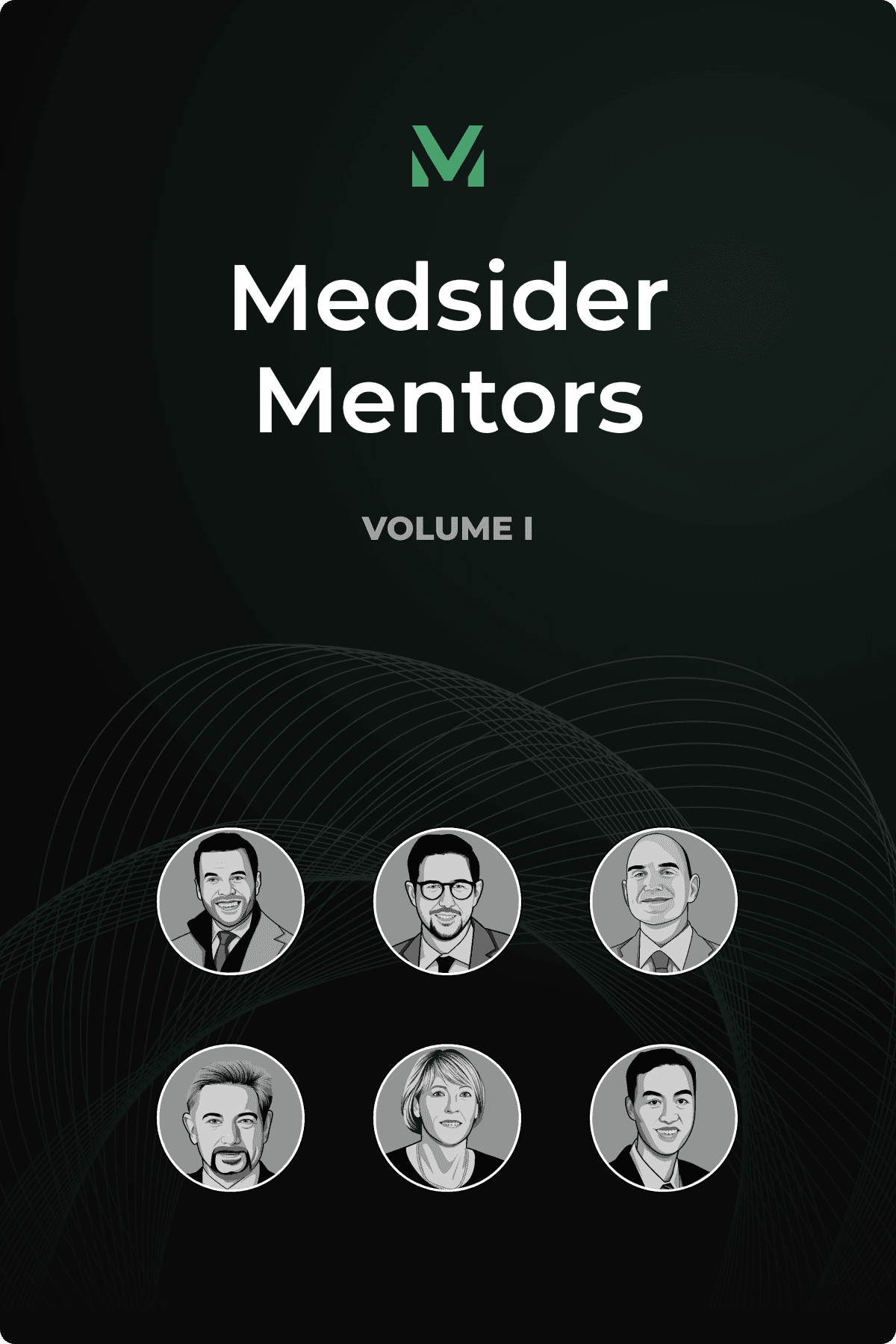How to Navigate Undefined Markets in Medtech
Interview with Materna Medical CEO Tracy MacNeal

Key Learnings From Tracy's Experience
Use clinical data to bridge B2B and B2C — but don’t mix models without a strategy. Consumer interest can accelerate clinical adoption, but only if both channels reinforce the same strategic goal. Clinical data gives you the credibility to communicate clearly to patients and providers alike — but without alignment, you risk burning capital without traction. Choose your primary channel early, and treat the other as a multiplier, not a distraction.
If you’re in an undefined market, expect to do the groundwork yourself. In emerging or overlooked conditions, there may be no consensus on definitions, inclusion criteria, or even the name of the problem itself. Materna’s team aligned KOLs to publish a white paper before running trials — a move that proved just as critical as the device itself. It’s slow, high-effort work — but it builds the foundation for clinical trials, FDA clearance, and long-term category creation.
Lead investor conversations with a focus on returns — and back it with founder fit. Investors want to know how much and how soon they’ll get paid back, but in early-stage medtech, they’re also judging whether the founder can weather what’s ahead. It’s not just about confidence — it’s about being able to project clarity, earn trust, and stay steady when plans inevitably change.
Despite being one of the world's most advanced healthcare systems, the United States faces a troubling reality in maternal care. While childbirth represents the leading cause of hospitalization, American maternal outcomes lag significantly behind other industrialized nations, with complications occurring at rates far exceeding international standards.
"Black women are three or four times more likely to die compared to white women with the same symptoms," says Tracy MacNeal, CEO of Materna Medical, noting that all women face a 20% lifetime risk of having pelvic floor surgery. "She's five times more likely to have pelvic organ prolapse if she's had a vaginal delivery."
For Tracy, these aren't just statistics — they represent a massive clinical need and market opportunity hiding in plain sight. After talking to hundreds of investors about Materna's work, she notes an unusual dynamic: "I rarely see startups with a market opportunity that size with no competition. No one has ever asked me how we're different from the other company that's doing this.
Materna is developing two devices addressing different aspects of pelvic health: Ellora, aimed at preventing childbirth injuries during delivery, and Milli, designed to treat vaginismus, a pelvic floor condition that makes intercourse painful or impossible. Together, they represent Materna's mission to "empower women to protect and restore their pelvic health" in a field where innovation has been virtually stagnant since the 1960s.
The company's early pilot study with Baylor College of Medicine showed a 60% reduction in pelvic floor injury rates — an impressive result that caught Tracy's attention and ultimately convinced her to take the CEO role.
"It would be much better if instead of treating prolapse and the associated incontinence later, women could have a baby vaginally and walk out with the same pelvic floor they walked in with," she explains.
You May Like These Articles
Medsider Premium
Become a premium member and unlock access to exclusive Medsider benefits.



